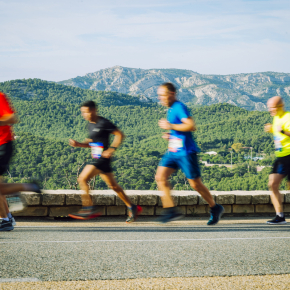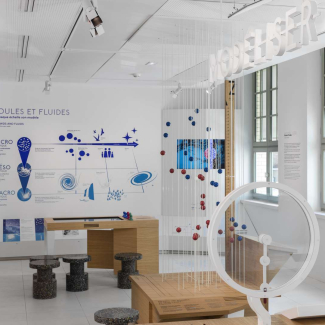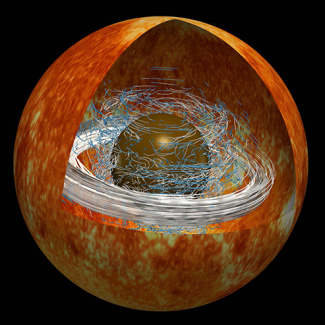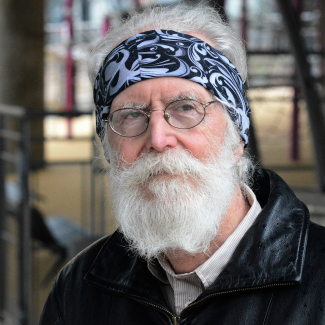
Running performance helped by mathematical research
How to optimise running? A new mathematical model1 has shown, with great precision, the impact that physiological and psychological parameters have on running performance and provides tips for optimised training. The model grew out of research conducted by a French-British team including two CNRS researchers2 , the results of which will appear on March 5th 2024 in the journal Frontiers in Sports and Active Living.
This innovative model was developed thanks to extremely precise data3 from the performances of Matthew Hudson-Smith (400m), Femke Bol (400m), and Jakob Ingebrigtsen (1500m) at the 2022 European Athletics Championships in Munich, and for Gaia Sabbatini (1500m) at the 2021 European Athletics U23 Championships in Tallinn. It led to an optimal control problem for finishing time, effort, and energy expenditure. This is the first time that such a model has also considered the variability of motor control, i.e., the role of the brain in the process of producing movement. The simulations allow the researchers to have access to the physiological parameters of the runners—especially oxygen consumption (or VO2)4 , and energy expenditure during the race—as well as compute their variations. Quantifying costs and benefits in the model provides immediate access to the best strategy for achieving the runner’s optimal performance.
The study details multiple criteria, such as the importance of a quick start in the first 50 metres (due to the need for fast oxygen kinetics), or reducing the decrease in velocity in a 400m race. The scientists also demonstrated that improving the aerobic metabolism (oxygen uptake) and the ability to maintain VO2 are crucial elements to 1500m race performance.
The development of this model represents considerable progress in studying variations in physiological parameters during championship races, for which in vivo measurements are not possible.
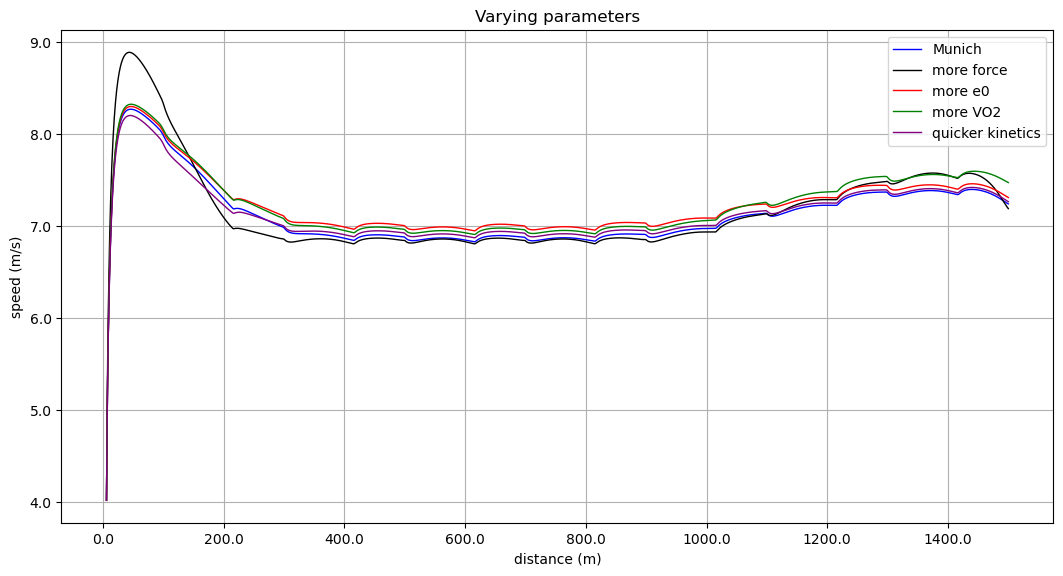
- 1For more details on the model, “Be a champion, 40 facts you didn't know about sports and science”, Amandine Aftalion, Springer, to appear May 14th 2024.
- 2From the Centre for Analysis and Social Mathematics (CNRS/EHESS), in collaboration with the Jacques-Louis Lions Laboratory (CNRS/Sorbonne Université/Université Paris Cité) and the Carnegie School of Sport at Leeds Beckett University.
- 3Values measured every 100 milliseconds.
- 4Rate at which oxygen is transformed into energy.
Modeling the optimization of World-class 400m and 1500m running performances using high-resolution data. Antoine Le Hyaric, Amandine Aftalion, Brian Hanley. Frontiers in Sports and Active Living, March 5th 2024.
DOI : https://doi.org/10.3389/fspor.2024.1293145
